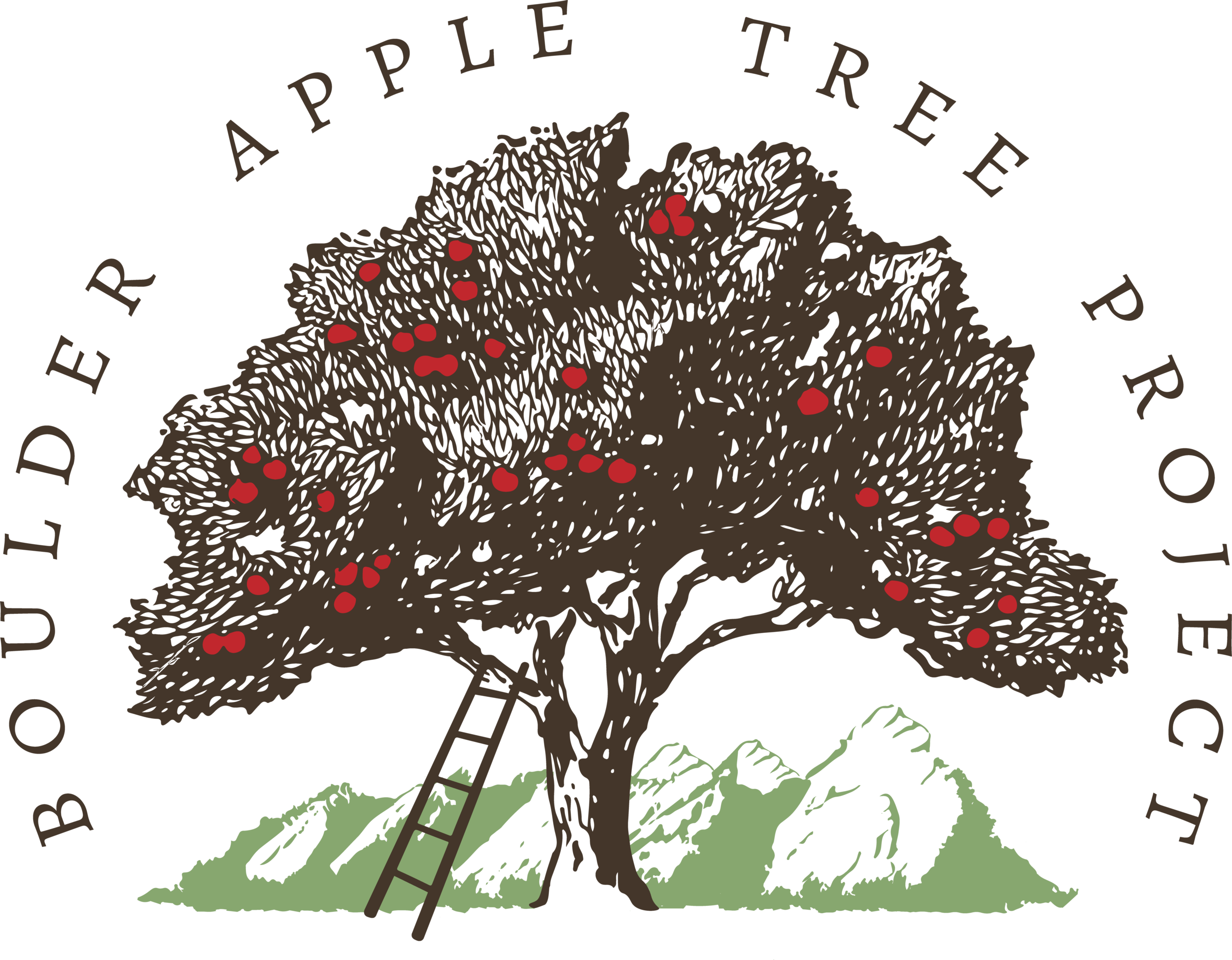BATP featured in Coloradan Alumni magazine
CU ecologists are tracking down the surviving trees of the Front Range’s all but vanished apple orchards — and priming a renewal. Story by Trent Noss
On a high mesa overlooking Eldorado Canyon, an elderly apple tree stands alone. Its trunk is weathered, its branches bowed, but it is nevertheless resplendent with white springtime blooms. The tree is a hardy survivor, a witness to more than a century of Boulder history.
And now, near the end of its life, CU researchers are trying to preserve its genetic legacy before it vanishes forever.
Apple trees are a largely overlooked element of Colorado’s agricultural heritage. In the late 1800s, pioneers brought seedlings from afar, planting orchards across the state that yielded varieties like the Maiden Blush, the Winesap and the Yellow Transparent. Near the turn of the 20th century, Colorado was one of the top apple-growing states in the nation, regularly exporting thousands of bushels by rail. An abundance of heirloom apple varieties, each with its own local quirks and flavors, offered Americans hundreds of unique varieties for eating, canning, baking and making hard cider.
By the 1920s, however, the newly invented Red Delicious gained popularity and Washington State emerged as the country’s new apple-growing hub. The commercial apple market shrank, with growers turning their focus to only the most profitable varieties.

